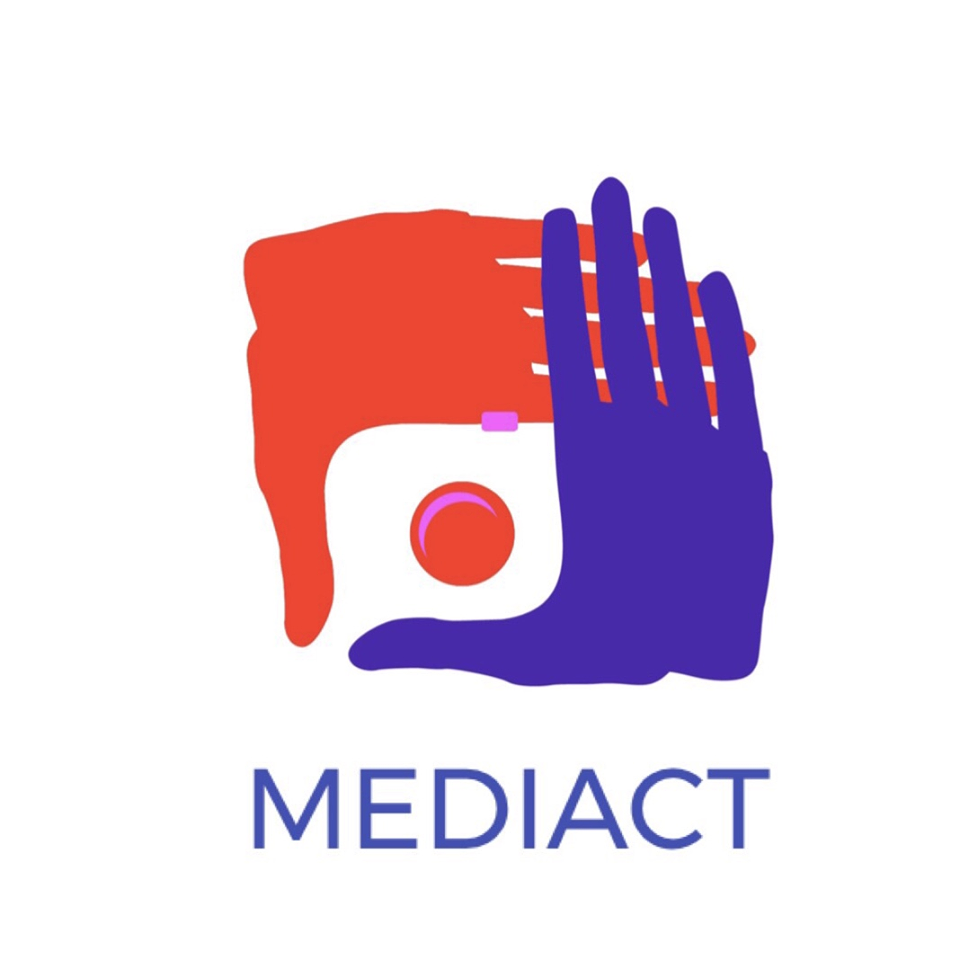
In today’s abundance of information, we are constantly provided with false, misleading perspectives of global matters. The untrustworthiness of popular channels is reflected to an inaccurate understanding of on-ground realities, underreported issues, and public favour of pushed agendas and ideologies. The general population is exposed to the ‘implications’ rather than the problem’s ‘source’. Media illiteracy and propaganda limit our understanding of the world and lead to dividing tensions, extremism and generalized ignorance. The presence of peace requires the cooperation of many actors: media, institutions, government and civil societies. Limited opportunities to doubt the truth have coined two terms – fake news and post truth to justify propaganda.
Furthermore, conflict-devastated areas have high levels of censorship and in contexts of lower socioeconomic level, limited accessibility to information. Evidence can be traced in humanitarian awareness campaigns might not correspond to real needs of an affected area.
Youth plays a major role as the most dynamic information-transferors, being familiar with social and technological innovation, but may not possess critical thinking and become easy targets to manipulation and disinformation. As youth workers we identify the power of media to communicate matters, intensify interaction with on-ground sources and foster structured dialogue towards peaceful societies. Youth-led media have great potential to combat radicalization, political and social clashes, reconcile the truth and raise public awareness.
Within this endeavour, weaim to compile three elements: 1) youth work 2) peace building and conflict transformation 3) media (mass, alternative, social).The promotion of media as a tool to leverage peace building and reinforce conflict transformation, is a priority in the Consortium’s countries:
- Two actors of a similar citizenship but different ethnic background were in a continuous dramatic conflict inKyrgyzstan, which was managed after several weeks; The topic is still, after 6 years, very sensitive.
- Greece has been the main gateway of Europe for an unprecedented refugee flows and now needs to foster peaceful integration, to acknowledge war ramifications and confront violent xenophobia and racism.
- El Salvador is the most violent country in the world with a homicide rate that exceeds 60 per 100,000 inhabitants, whilst 80% of the violence sufferers are young people and children. Creative solutions are needed to overcome this situation.
- Lithuania was one of the first countries in Europe which declared support for Ukraine in 2014 and for Georgia in 2008. For Lithuania it is vital to keep peace in the region due to Russian propaganda/media aggression which is affecting the Russian minority in country.
- The Cyprus problem is the ongoing issue of Turkish military invasion and occupation of the northern third of the island since 1974. Although the Republic of Cyprus is recognized as the sole legitimate state—sovereign over all the island—the north is under the de facto administration of the self-declared Turkish Republic of Northern Cyprus, and guarded by Turkish Armed Forces.
- The instability of the deadly 35-years old civil conflict continues to impact negatively the development of the region of Casamance(Senegal).Αround 3000 persons have been killed, 40 000 are IDPs, more than 17 000 refugees are in neighboring countries (UN). Women have never been invited to the peace initiatives.
- Integration of third country nationals is an increasing challenge in Germany. Youngsters are challenged to find access to- and provide true information on their own situation in order to develop dialogue within the society.

